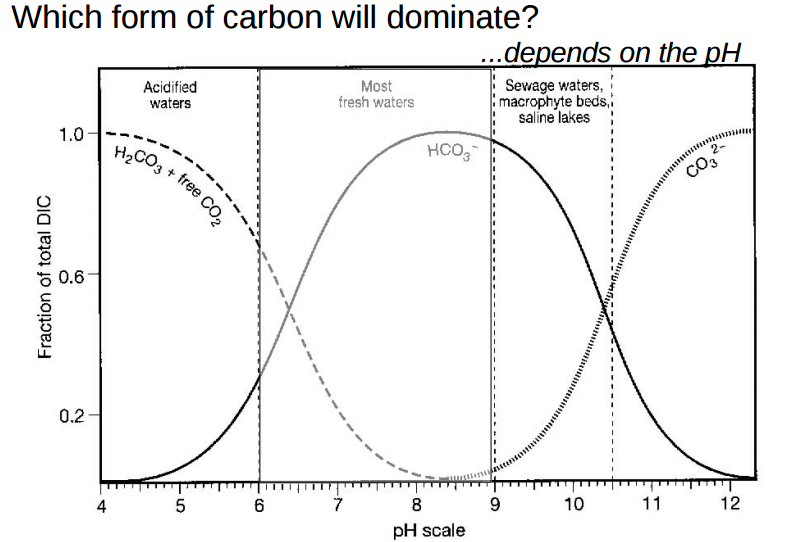Silver_Is_Money
Larry Sayre, Developer of 'Mash Made Easy'
For our example, let's assume the following:
-------------------------------------------------
Our desired final target for mash water alkalinity = 100 ppm (or 100 mg/L)
Our initial mash water alkalinity = 30 ppm
Our volume of mash water to be raised to 100 ppm alkalinity = 5 gallons
Molecular Weight of Baking Soda = 84
Molecular Weight of Sodium = 23
Molecular weight of CaCO3 = 100
Normality of CaCO3 = 2
Normal weight of CaCO3 = 100/2 = 50
ppm = mg/L
1 Gal. = 3.7854 L
Procedure:
------------
Step 1) 100 ppm final alkalinity - 30 ppm initial alkalinity = 70 ppm of alkalinity to be added
Step 2) 5 Gal. mash water x 3.7854 Gal./L = 18.927 Liters of mash water to be treated
Step 3) 70 ppm x 84/50 x 18.927 L / 1,000 = 2.226 grams Baking Soda (rounded)
Our answer = add 2.226 grams of baking soda (or 2,226 mg) to achieve 100 ppm of alkalinity
Bonus stuff below this line:
------------------------------
What is the resulting (additional) ppm of sodium?
(2.226 g x 1000) x 23/84 / 18.927 L = 32.2 mg/L (ppm) sodium [additional to source water sodium]
-------------------------------------------------
Our desired final target for mash water alkalinity = 100 ppm (or 100 mg/L)
Our initial mash water alkalinity = 30 ppm
Our volume of mash water to be raised to 100 ppm alkalinity = 5 gallons
Molecular Weight of Baking Soda = 84
Molecular Weight of Sodium = 23
Molecular weight of CaCO3 = 100
Normality of CaCO3 = 2
Normal weight of CaCO3 = 100/2 = 50
ppm = mg/L
1 Gal. = 3.7854 L
Procedure:
------------
Step 1) 100 ppm final alkalinity - 30 ppm initial alkalinity = 70 ppm of alkalinity to be added
Step 2) 5 Gal. mash water x 3.7854 Gal./L = 18.927 Liters of mash water to be treated
Step 3) 70 ppm x 84/50 x 18.927 L / 1,000 = 2.226 grams Baking Soda (rounded)
Our answer = add 2.226 grams of baking soda (or 2,226 mg) to achieve 100 ppm of alkalinity
Bonus stuff below this line:
------------------------------
What is the resulting (additional) ppm of sodium?
(2.226 g x 1000) x 23/84 / 18.927 L = 32.2 mg/L (ppm) sodium [additional to source water sodium]
Last edited:



























![Craft A Brew - Safale BE-256 Yeast - Fermentis - Belgian Ale Dry Yeast - For Belgian & Strong Ales - Ingredients for Home Brewing - Beer Making Supplies - [3 Pack]](https://m.media-amazon.com/images/I/51bcKEwQmWL._SL500_.jpg)






























